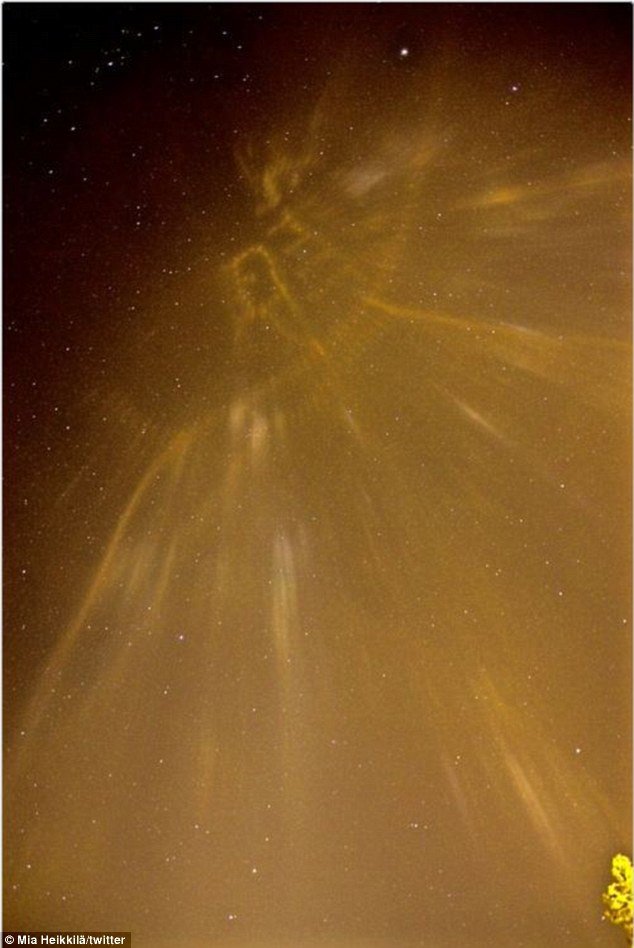
The street lights are reflected in the sky in a vertically flipper mirror image, forming an accurate map of the town.
The jaw-dropping scene was captured by Mia Heikkilä, who later posted the picture on the Space Weather website.
'People gave hints to look if the pattern matches the local map. And there it was! Exact reversed light map of Kauttua, Eura, on the sky. Now I call it #LuxEura,' she wrote.
It may look like a scene from the X-Files but the explanation is more terrestrial.
The phenomenon, known as light pillar, appear when artificial light or natural light bounces off the facets of flat ice crystals in the air, producing luminous columns in the sky.
Light pillars are relatively common in cold, Arctic regions and most people see them from the side, where they look like towers that reach into the sky.

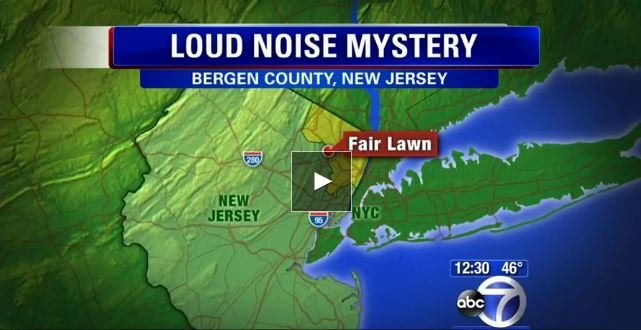
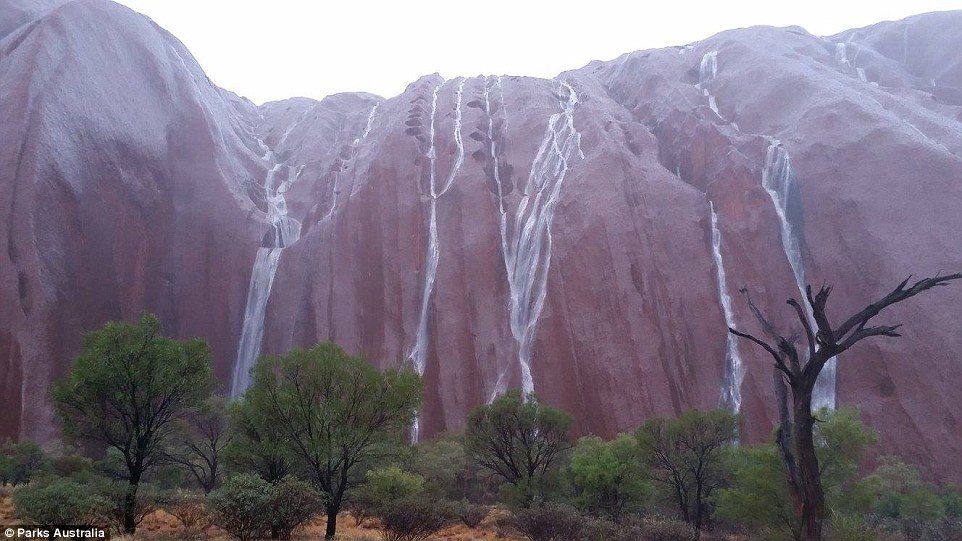
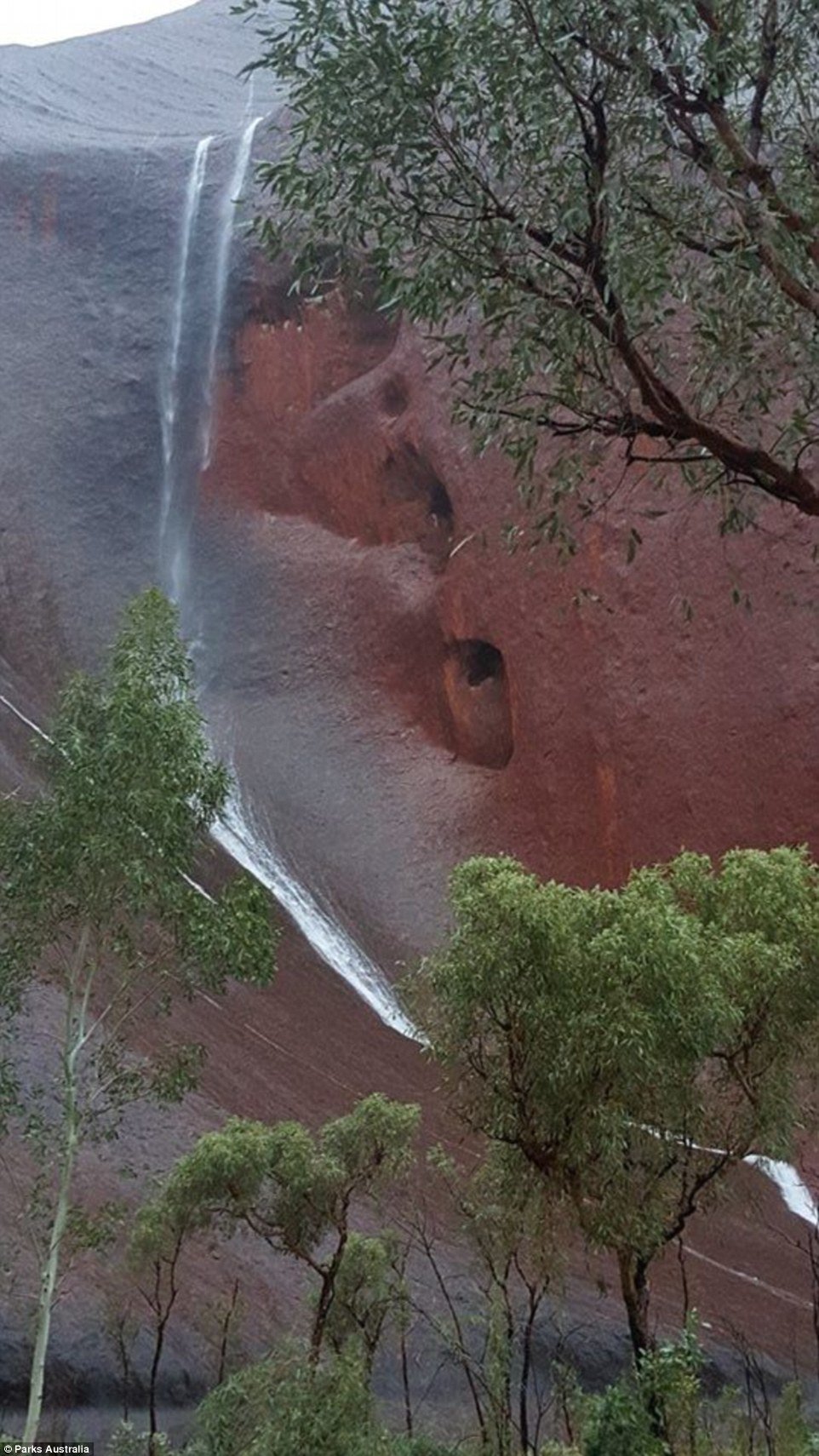
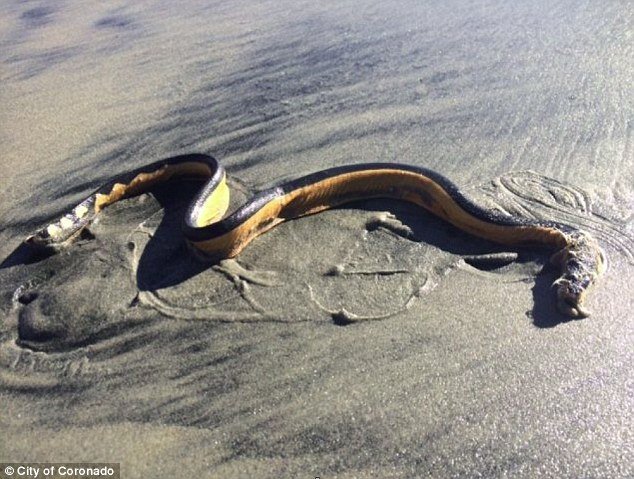
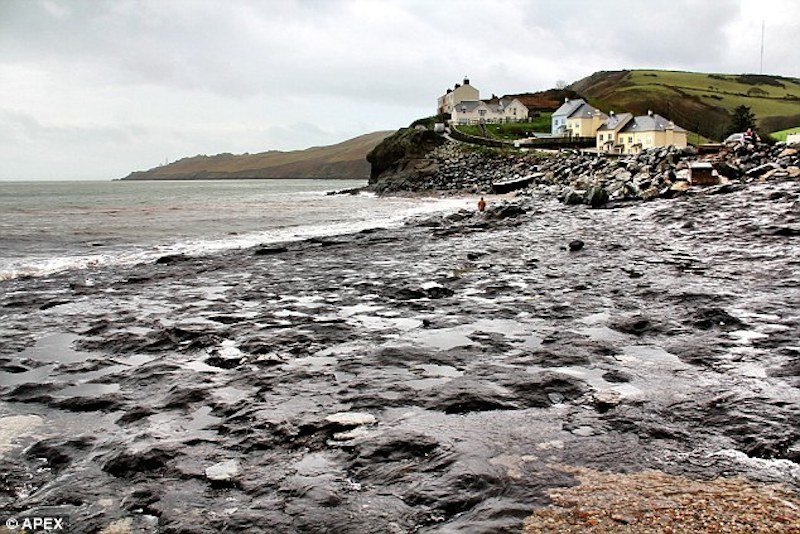
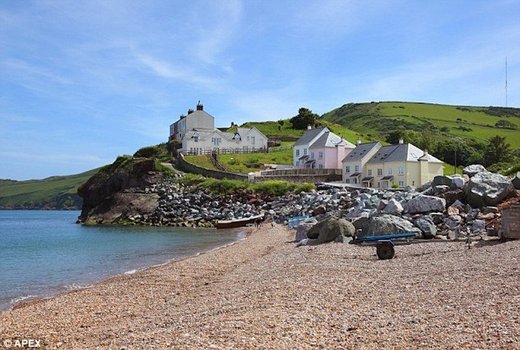

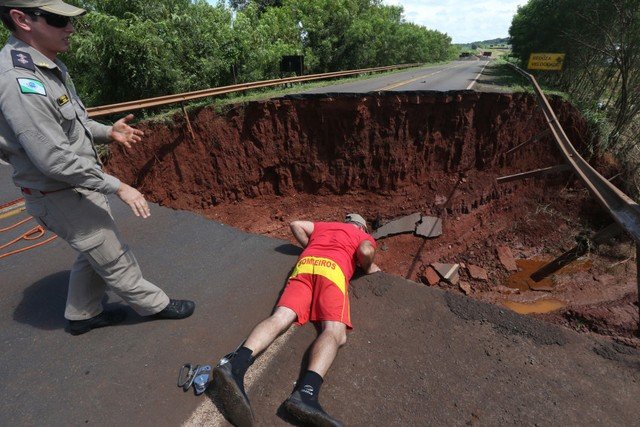

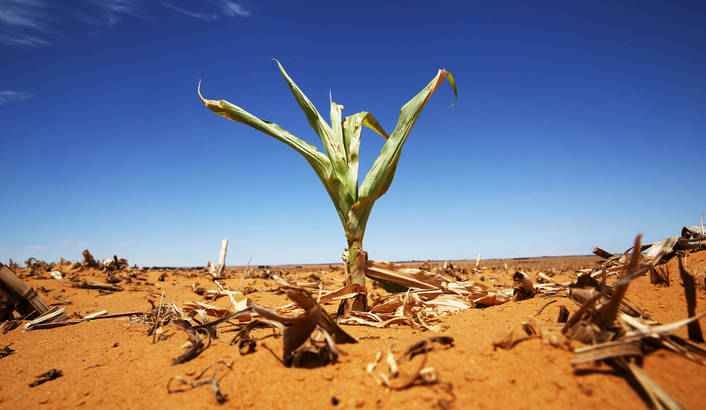
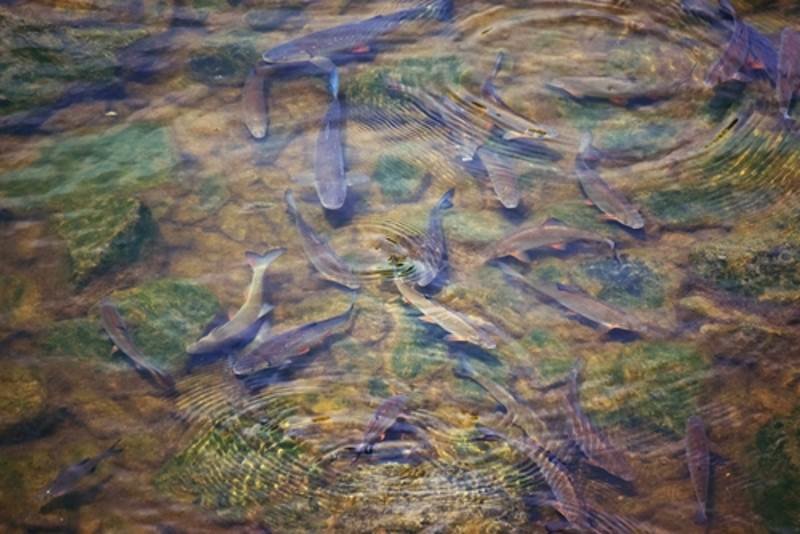



Comment: Last year mysterious earth-shaking booms also rattled residents in New Jersey, and elsewhere across the US. These strange sounds often remain unexplained by the authorities.
As meteor fireball and seismic activity have increased dramatically in recent years, we suspect that a number of these booms can be attributed to overhead meteor explosions or are earthquake-related. See also:
Unexplained loud booms: A compilation from 2015